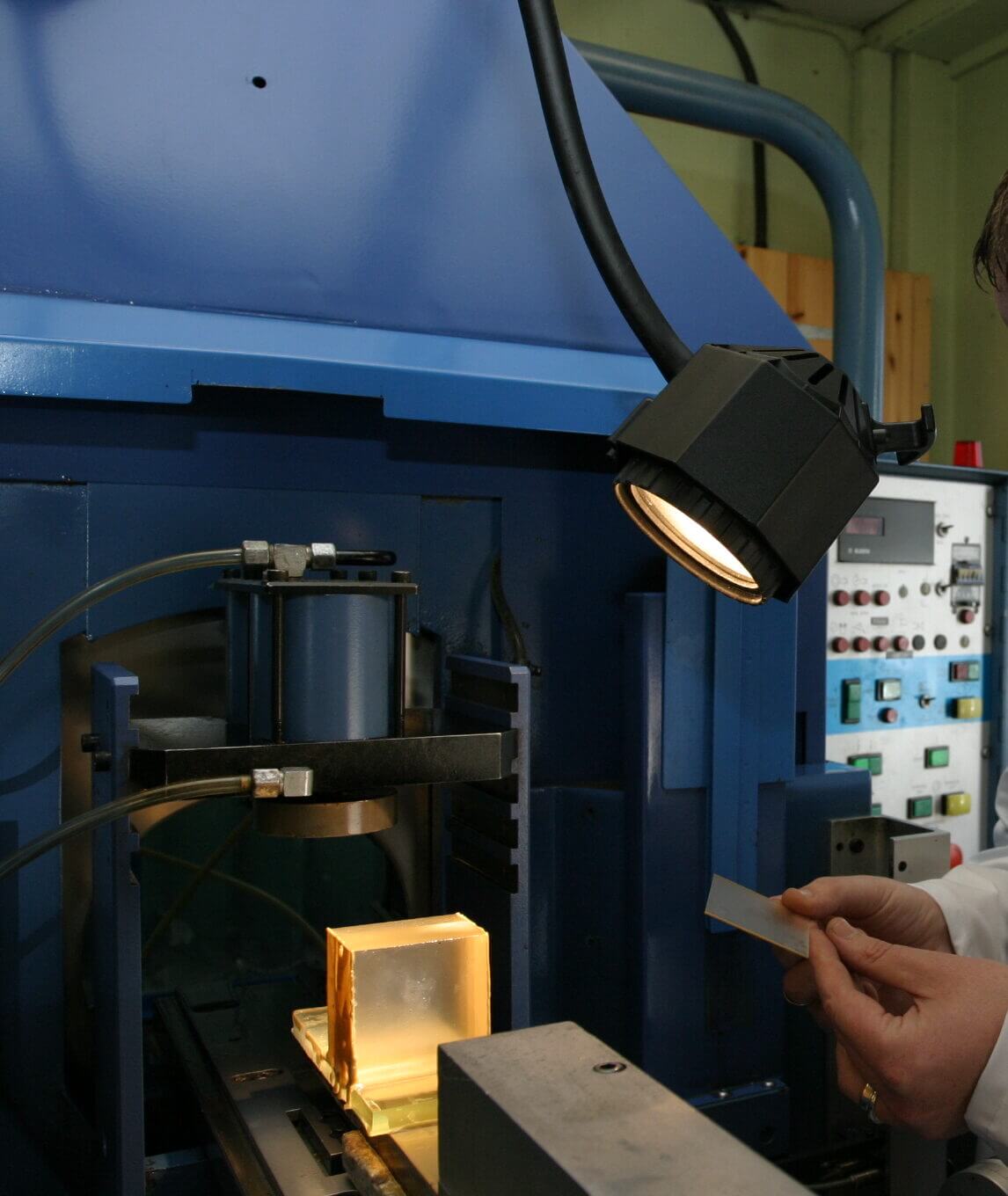Custom optical components are needed by scientific and industrial companies involved in the design and manufacturing of bespoke optical systems, equipment and instrumentation across sectors such as imaging, medical, defence, instrumentation, laser production, prototyping and research and development.
Optical products and components that can be custom made to bespoke customer specifications include:
- Custom optical filters
- Custom optical lenses
- Custom optical windows
- Custom optical prisms
- Custom optical mirrors
- Custom technical glasses
- Custom optics at R&D quantities
But what exactly are custom optics and why is customisation as a service so important in the production of modern optical components?
Practical use of custom optics
Custom optics are found mostly in medical devices for different applications, image processing equipment, spectrometry, lenses across a wide variety of applications, research instruments such as microscopes, in laser systems, in automotive and aerospace production such as vehicle or aircraft illumination and in military or gaming imaging such as IR vision glasses.
Many specialist optical companies supply stock or ‘off the shelf’ optical components such as windows, mirrors, prisms, lenses and optical glasses in standard sizes and specifications which are perfect for a variety of purposes and sectors.
But many OEM manufacturers of optical instruments and equipment have their own bespoke requirements for dimensions and performance specifications, which is where custom optics comes into play.
Also by selecting a custom size for production it may be more economical to use a standard thickness of material or a size which can be produced in a production run which maximises the load per production cycle. Another example is micro dicing small squares is more economical than producing small circles.
What’s the difference between custom and stock optics?
The advantage of buying standard or ‘stock’ optics is usually speed and cost. By definition, if no individual finishing or customisation is required, and the optical components required are either in stock or can be delivered from source very fast, then customers might even receive their delivery on the next working day following placement of an order.
In many cases however, original equipment manufacturers (OEMs) with their own end product and technology design, require optics that are specifically designed, machined and manufactured to their own specifications.
Custom optics can also usually be delivered to a fast turnaround, provided that technical drawings or specifications are provided and depending on the exact nature of custom specification required. Stock sizes can be reworked or machined to a precise size which is ideal for small quantities and is often a more economical option than producing a full production run.
What types of custom optics options are available?
Optics such as optical glasses, substrates, filters, mirrors, lenses, prisms, rods and windows can be produced in a vast range of different shapes and sizes, from different materials and with a range of single- or double-sided optical coatings. Optics can be finished to deliver a wide variety of specific spectral performance specifications.
At UQG Optics, we offer the following custom optics services to materials and components to manufacture your Custom optics:
- CNC surface grinding: reduction of bulk glass surfaces to a finish of 50 microns with a tolerance to ± 0.05
- CNC (diamond) sawing: diamond sawing of squares and rectangles from sheet glasses and optical materials to a cutting depth of 100mm with a tolerance to ± 0.20mm
- Annular ID sawing: precision ID slicing of substrates, wafers and components up to 100mm diameter with a tolerance to ± 0.05mm
- Cylindrical grinding: OD grinding of rods and tubes or stack edging filters with diameters from 5mm to 250mm and tolerance to ± 0.01mm
- Waterjet cutting: cutting of shapes and complex designs, glass rings, technical sheets and glasses as well as AR coated sheets and quartz sheet leaving a ground edge with no tooling costs. Cutting tolerance to ± 0.10mm
- Glass scribing: scribe and break of ultra-thin glass and coated glass sheets using CNC multi- or single-blade cutting wheels to tolerance of ± 0.1mm. Bevelling can be applied after cutting.
- Bevelling and chamfering: grinding of sharp edges and corners using bevelling and chamfering process to a uniform size and angle, for accommodating housings, protection of assembly operators and protection of components.
- Glass drilling: diamond drilling and trepanning holes, cylinders and discs to a minimum of 2mm diameter. For smaller sizes we recommend laser or ultrasonic drilling. Drilling tolerance to ± 0.05.
- CNC milling: milling to cut outs, strips and recesses around square and rectangle edges with a tolerance to ± 0.05.
- Diffusing & sand blasting: diffusing of faces and surfaces by fine alumina or grinding grit, with sand blasting range from 10 to 100 microns.
- Optical Polishing: Size range from 3mm to 300mm and flatness to Lambda/10
- Micro Dicing: Substrates and filters cut from 1mm x 1mm to 200mm x 200mm
- Precision Lapping: Surfaces ground to precise micron grades and finishes up to 300mm diameter
Next Steps
If you would like to find out more about custom optics from UQG Optics, please call us on 01223 420329 or email our sales team at info@uqgoptics.com.




